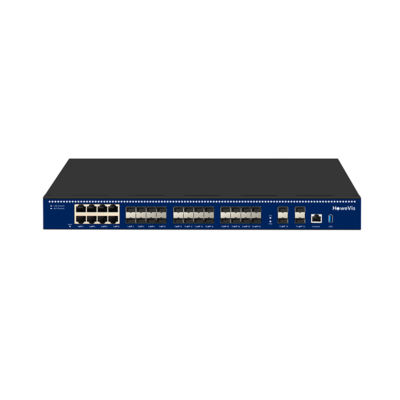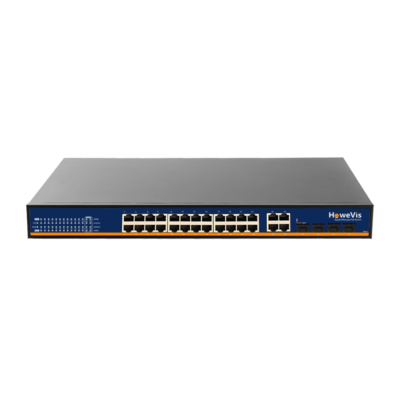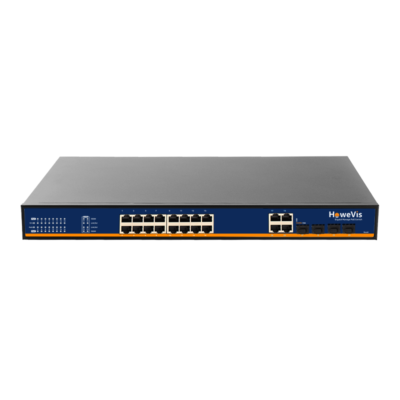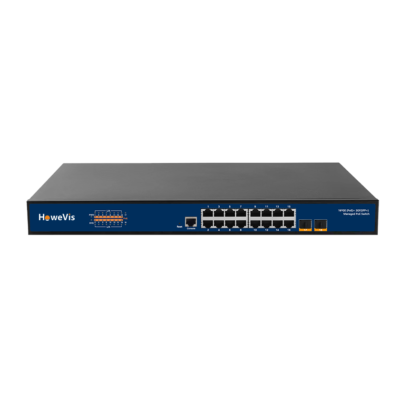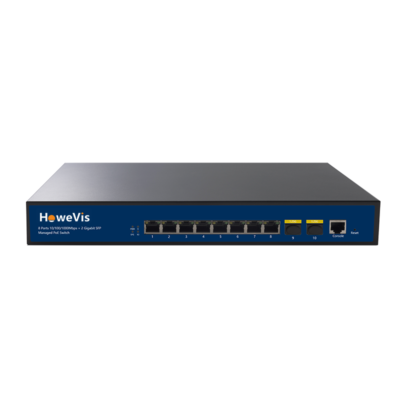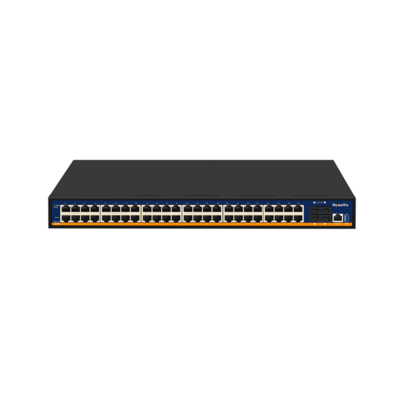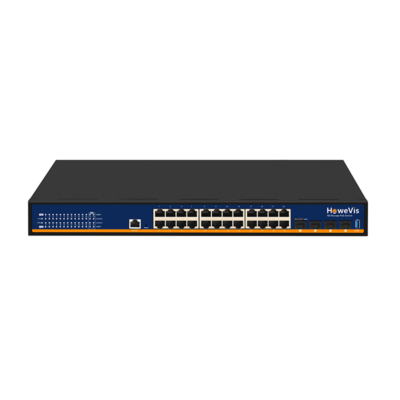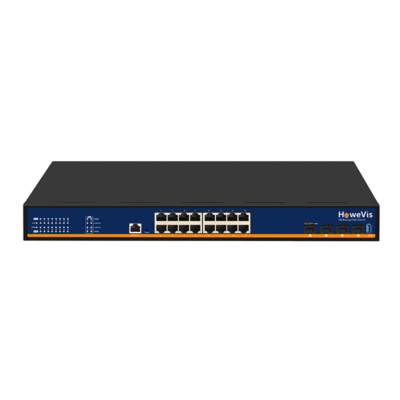Smart Power System Transmission Solution
Efficient and safe future
The power communication network plays a crucial role in ensuring the safe and stable operation of the power system. It acts as the backbone for various critical systems, such as relay protection, safety and stability control systems, and dispatching automation systems. These three systems are often referred to as the “three pillars” of power system safety and stability. They are essential for maintaining the grid’s safe, stable, and economic operation, making the power communication network a critical infrastructure within the power system.
The Pain Points Analysis of Intelligent Power Communication.
- The power system interference is severe, requiring the front-end communication equipment to have anti-interference solid ability. For most manufacturers of communication products, signal stability is poor.
- Input voltage fluctuations, the requirement for communications equipment broad voltage input, with high requirements for the anti-surge capability of communications equipment.
- communication delay in the power system has been a strict requirement; a long delay transmission system for the effective management of the power system brings great inconvenience;
- The power system covers a wide area, maintenance inconvenience, high cost of equipment troubleshooting, and higher requirements for the stability of communication equipment.
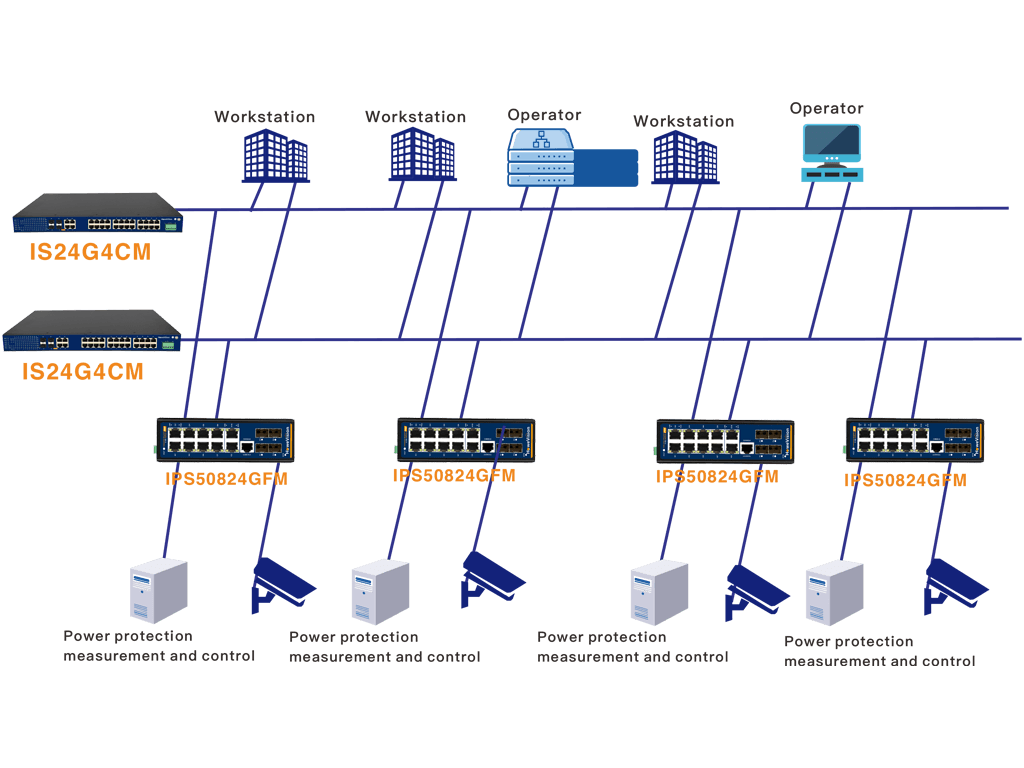
Power Station ECMS Solution
With the use of micro-computer integrated protection devices and other intelligent devices in power plants, the power systems have become more informative. This allows operation and maintenance personnel to obtain timely, comprehensive, and accurate information about plant power, and to monitor and manage all power equipment using the power plant monitoring and management system (ECMS).
The ECMS system consists of three network layers: station control, communication management, and interval. The station control layer includes operator and engineer stations, and optional communication units for interfacing with other systems. The communication management layer is an Ethernet switch. The interval layer contains protection, measurement, control devices, and other intelligent devices. High-voltage integrated protection devices connect to the station control layer via dual 1000M Ethernet, while other devices connect through the communication management layer via 100M Ethernet.
The ECMS monitors and controls power system equipment, transmits information to other monitoring and DCS systems, and performs data acquisition and processing, monitoring and alarm, control and operation, human-machine interface, and management functions.
Recommend Products
-
8 Ports Gigabit Combo+16 Ports Gigabit SFP+4 Ports 10GbE Layer 3 Managed Ethernet Switch
Read more -
28 Ports 10/100/1000M Managed Ethernet Switch with 4 Gigabit Combo Uplink
Read more -
20 Ports 10/100/1000M Managed Ethernet Switch with 4 Gigabit Combo Uplink
Read more -
18 Ports 10/100/1000M Managed Ethernet Switch with 2 Gigabit SFP Uplink
Read more -
10 Ports Full Gigabit Managed network Switch with 2 Gigabit SFP
Read more -
52 Ports 10/100/1000M Layer 3 Managed Network Switch with 4 Ports 10G Uplink
Read more -
28 Ports 10/100/1000M Layer 3 Managed Network Switch with 4 Ports 10G Uplink
Read more -
20 Ports 10/100/1000M Layer 3 Managed Nerwork Switch with 4 Ports 10G Uplink
Read more

